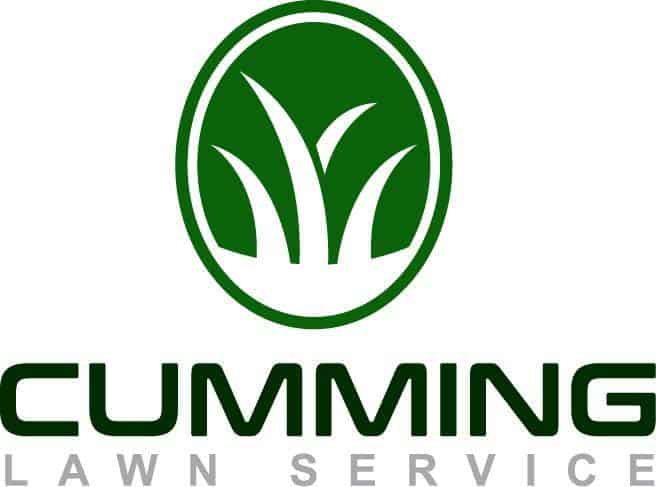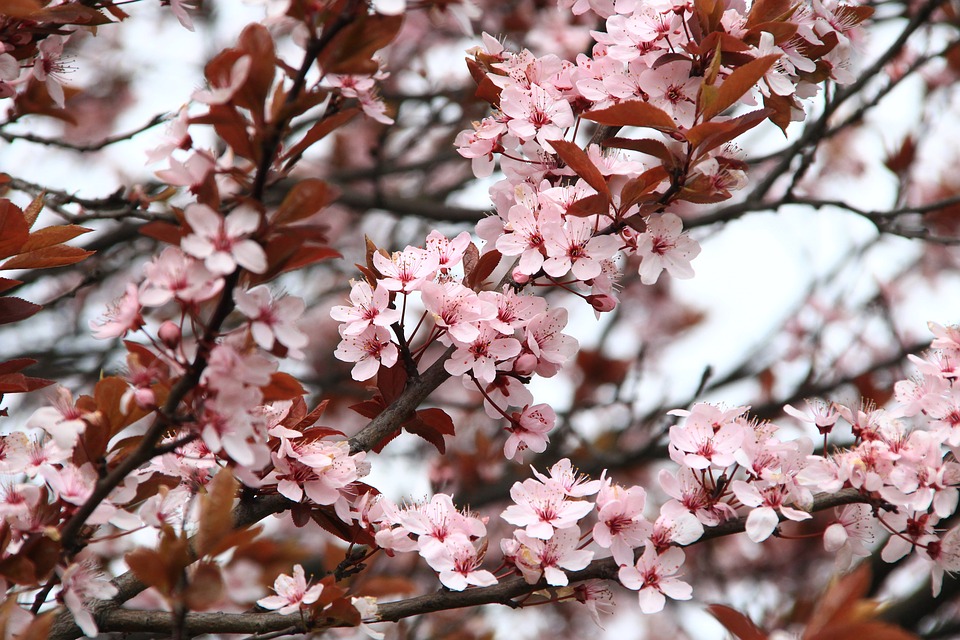Spring Preparation
Like this article? Make sure to check out the rest of our blog?
The cold air is almost one, and the lawns will be greening up again soon. Spring is nearly upon us and with spring comes new growth for dormant grasses. Spring Preperation for dormant lawns for spring will help maintain the warm season grasses.
Different types of dormant grasses require specific ways to maintain them for spring:
Zoysia and Centipede Grass
Zoysia and Centipede grasses are warm season grasses that grow in spring and summer. These grasses grow until fall and go dormant in winter. Spring preparation for these grasses involves mowing, irrigating, and weed treatment.
- Mowing: Unlike other grasses, zoysia and centipede do not need to be scalped. By cutting only the top layer off maybe ¼ to ½ in your first mowing is sufficient for these grasses. Mowing should not start until April, so the grass has had time to turn green again. Once the color has returned the lawn will retain its color through the summer months.
- Weed Treatment: Apply preemergence herbicides to prevent weeds in the summer months. In May, apply postemergence herbicides to avoid annual and perennial broadleaf weeds that can occur.
- Irrigation: As a rule, first start watering a lawn when it shows signs of wilting. Water the lawn and use a screwdriver or other tool to check the soil to see if it is absorbing water efficiently. Stick the tool into soil about 4-6 inches and determine if the soil is moist. If the soil is wet, do not water the lawn more than ¾ of an inch every third or fourth day. Another good way to test is to measure the water accumulations. 1 ½ to 2 inches per week is plenty of water for these varieties. Watering every day for a short time is not good and waste water.
Bermuda
Bermuda is a warm season grass that grows best in spring and summer. It grows quickly in full sunlight but stifles in shady areas with trees. Bermuda, like zoysia and centipede, will grow until fall and remain dormant in winter. Bermuda is one of the most common grasses in the southern U.S. and is easy to get ready for spring preparation.
- Mowing: Starting in February, remove a little of the dormant (dead) grass at a time until it is down to 1 to 1 ½ inches. Take layers off maybe every other week or so up till mid April. This process will allow the lawn to green faster giving more direct sunlight. Bagging Bermuda is not necessary. Studies have proven that bagging actually takes nutrients away from your lawn. However it isn’t good to take the dormant grass all off at once. If you are forced to remove all the dormant grass at once then bagging is best.
- Weed Treatment: Like zoysia and centipede grass, apply any herbicides if weeds or diseases occur on the lawn.
- Irrigation: Water the lawn and conduct the test with the screwdriver or other tool. If the soil is moist, water the lawn ¾ of an inch every three or four days. Another good way to test is to measure the water accumulations. 1 ½ to 2 inches per week is plenty of water for these varieties. Watering every day for a short time is not good and waste water.
Fescue
Fescue is a cool season grass that has a period of rapid growth in spring and fall. It remains dormant in winter and summer but retains color all year long. Fescue grows better in milder climates and will grow thick like a carpet.
- Mowing: Let the turf grow to 3 inches and preserve it at 3 until June. Raise the turf ½ an inch in June and another half in July to finish the season at 4 inches. By leaving the fescue at 4 inches, the lawn will have an effortless time combating diseases and weeds.
- Weed Treatment: Fescue grass will not grow as many weeds as other grasses but can still use herbicides for preventive care. Apply preemergence herbicides to thwart crabgrass and other annual weeds.
- Irrigation: Water fescue lawns as needed to avert droughts. One inch of water a week is satisfactory for keeping a green lawn.

